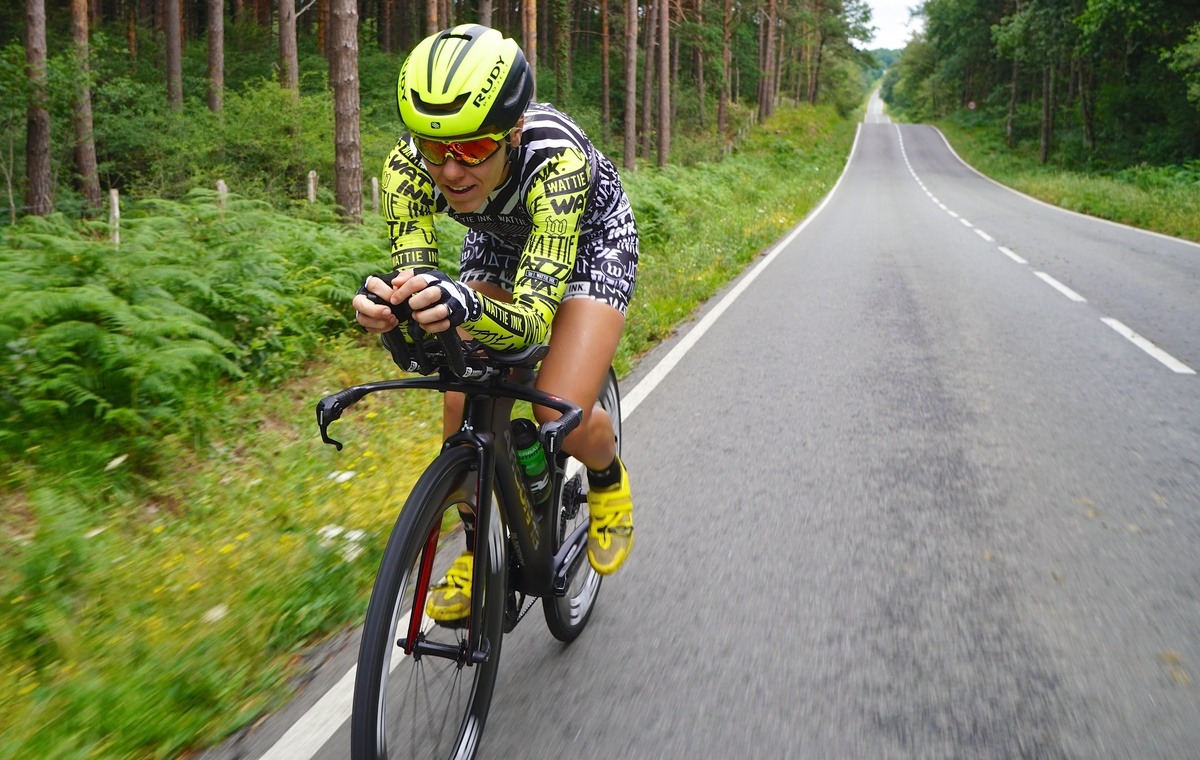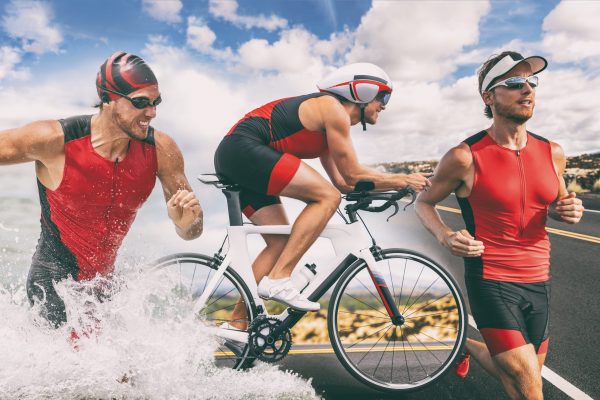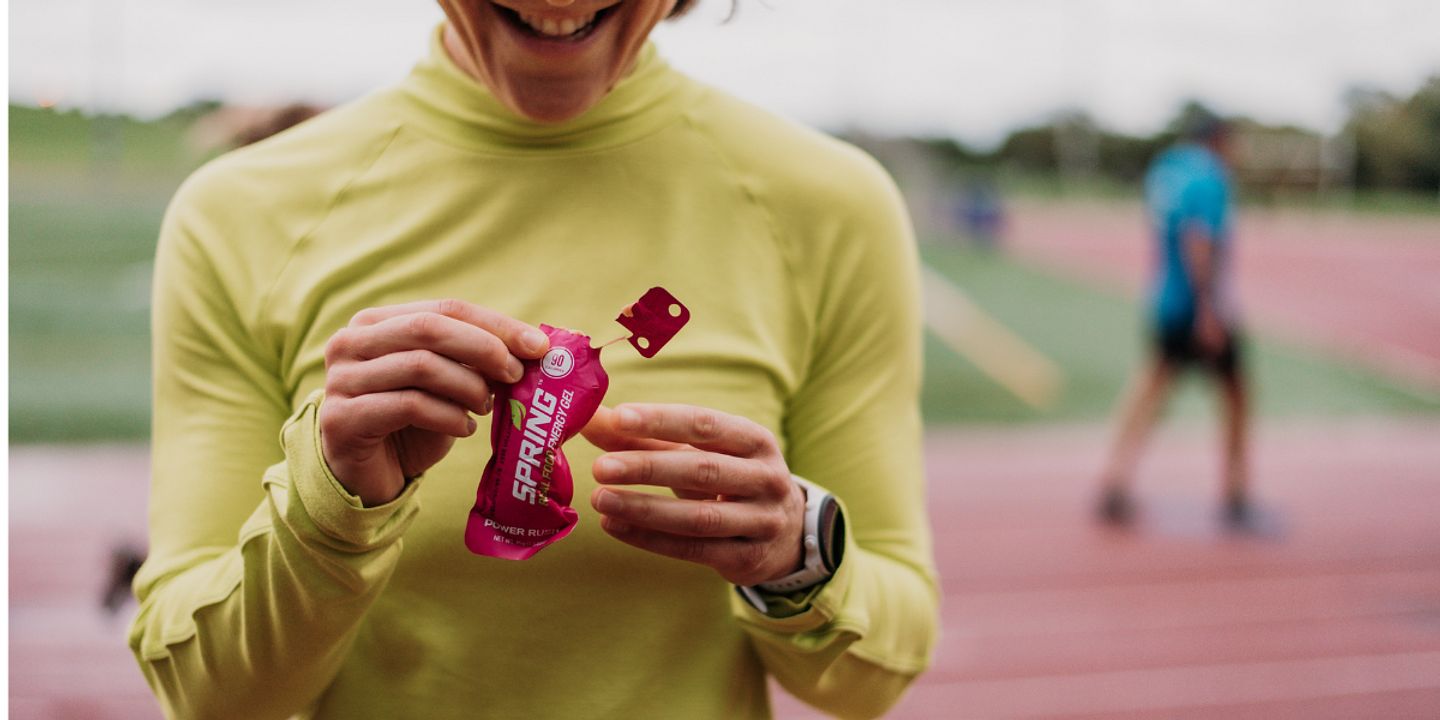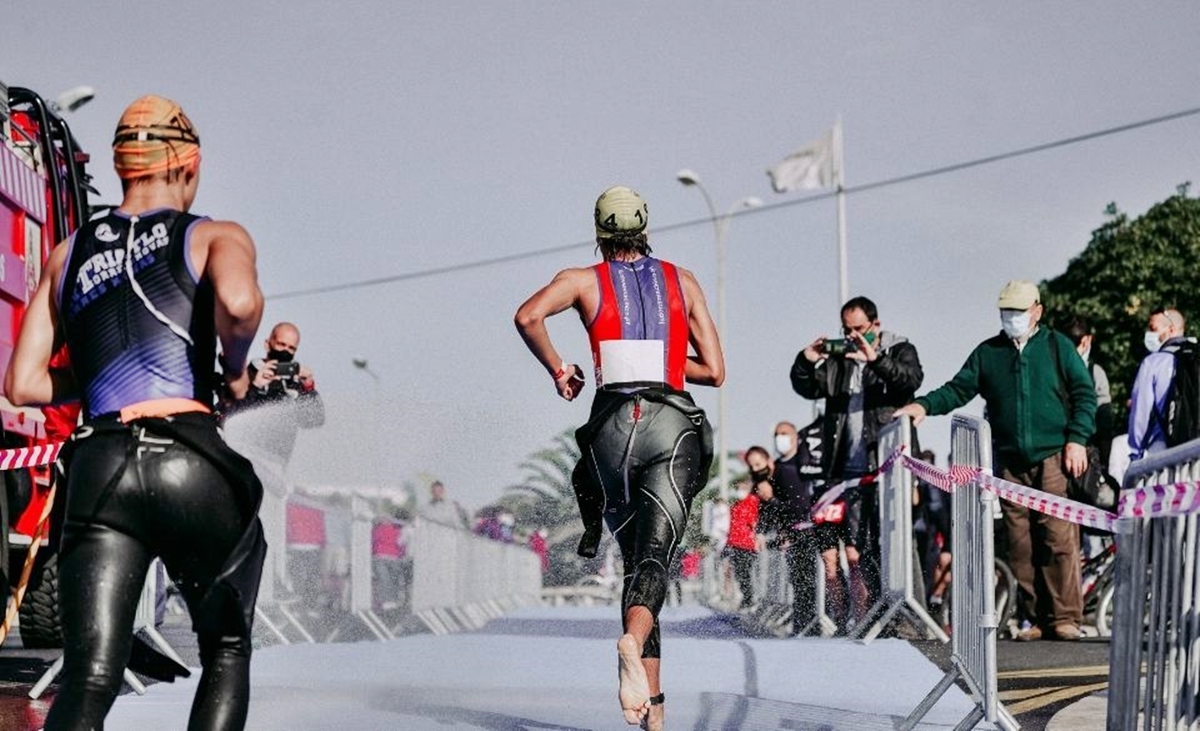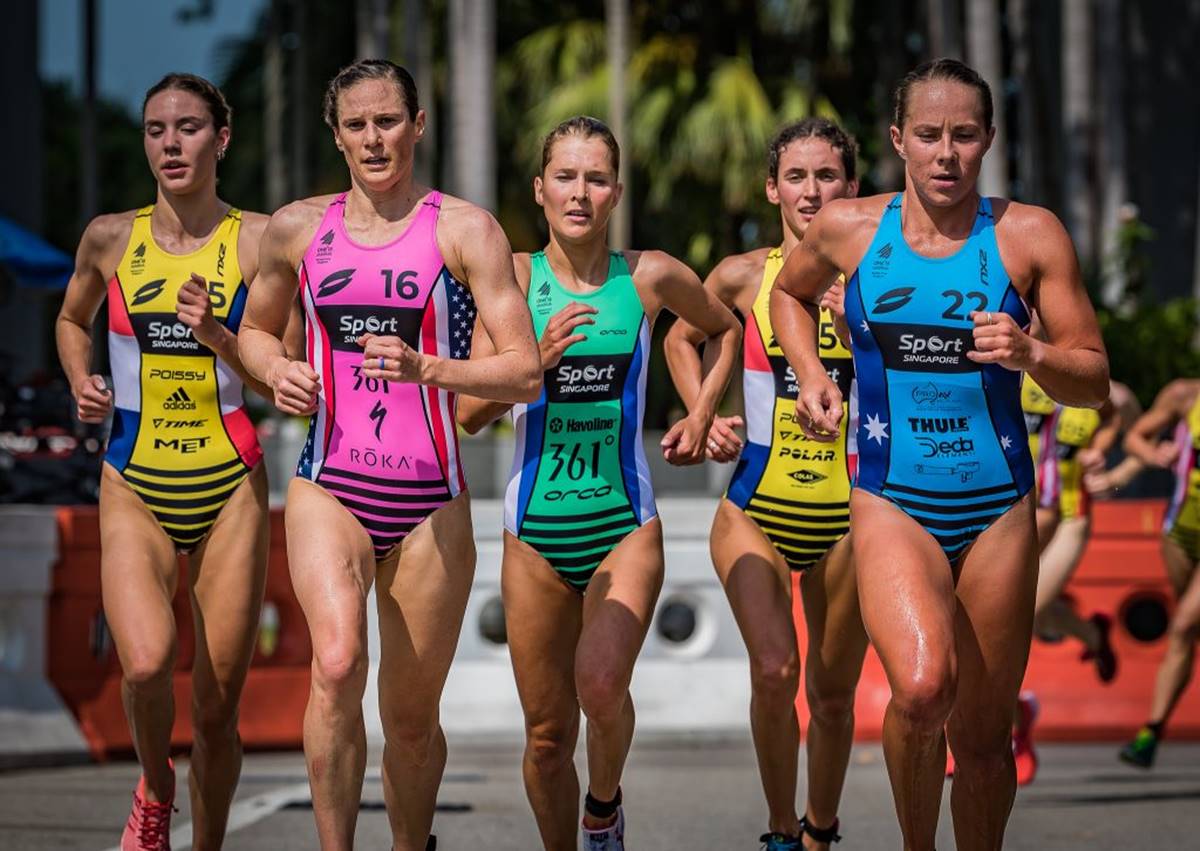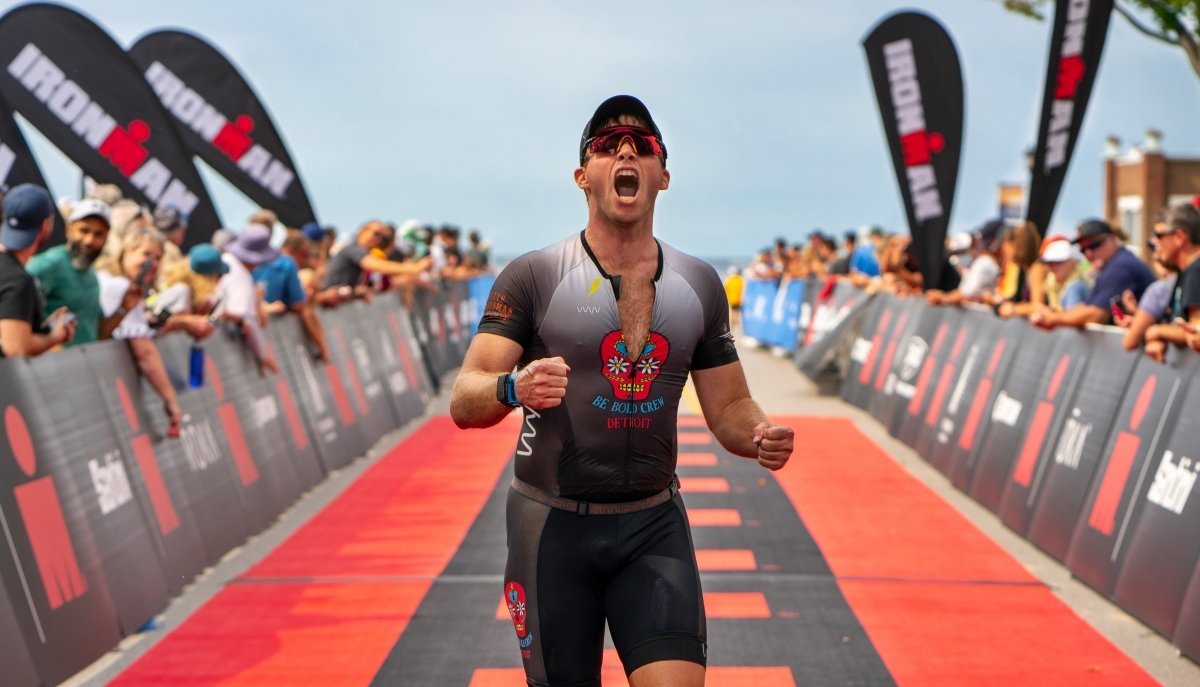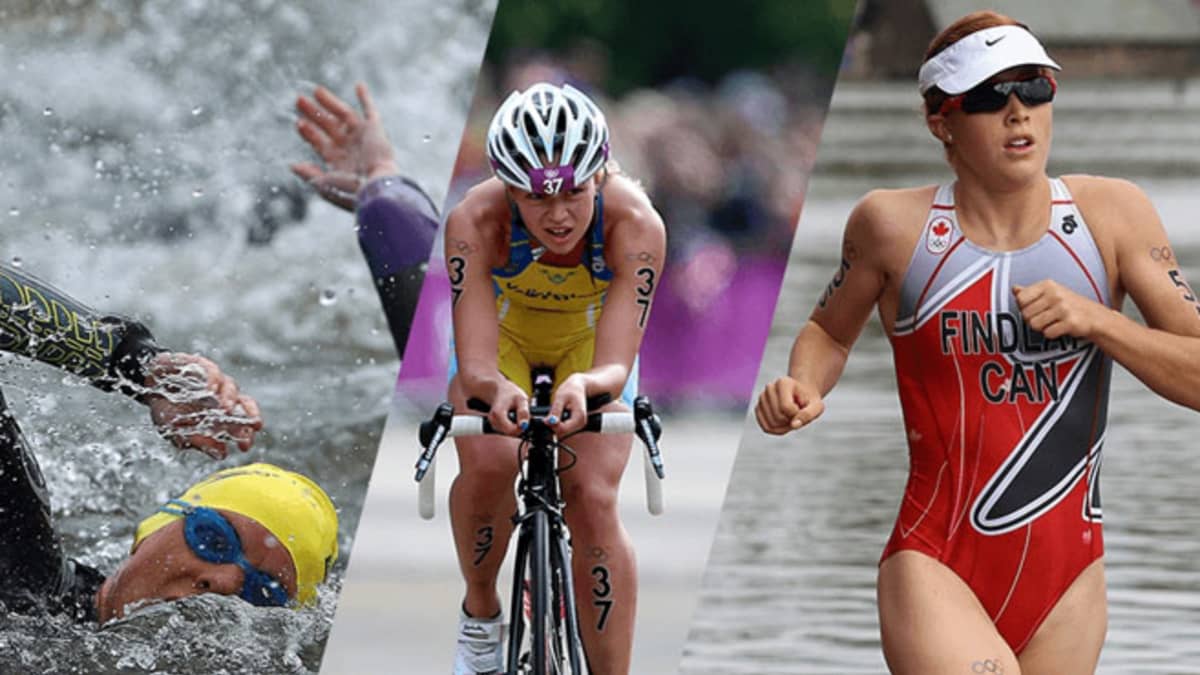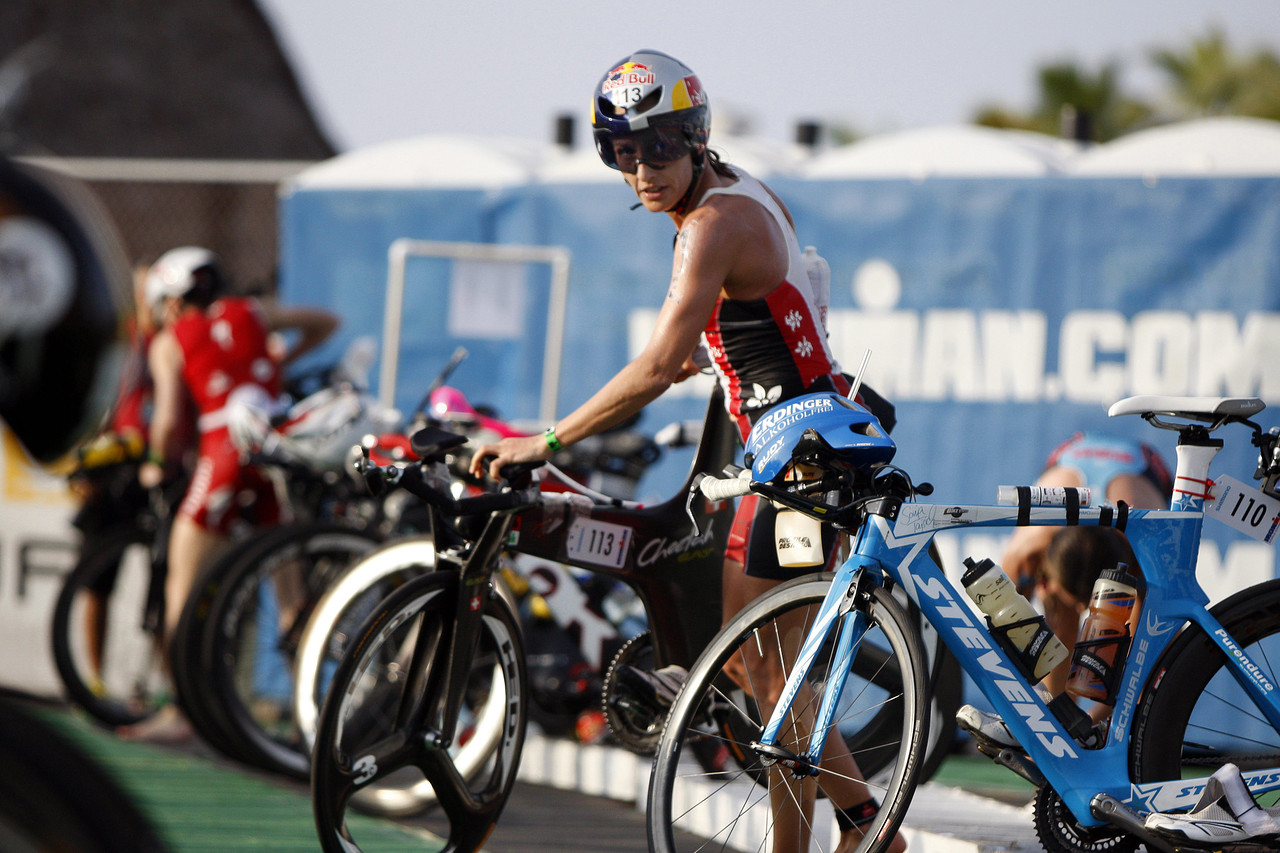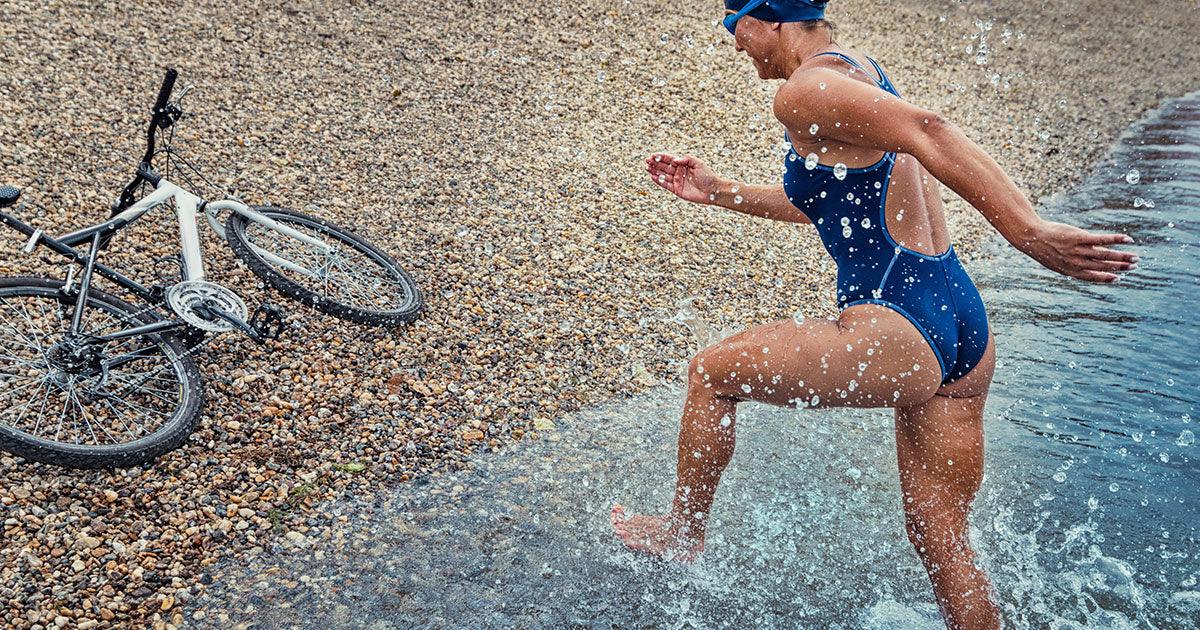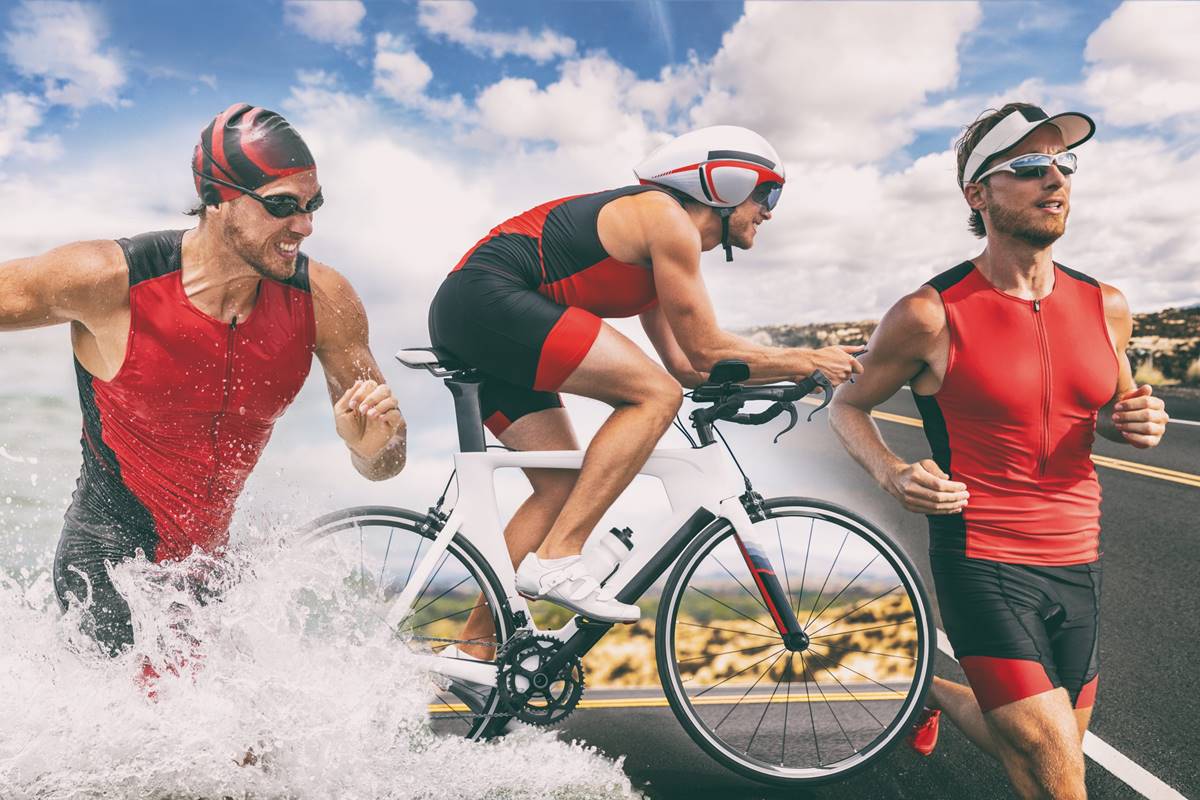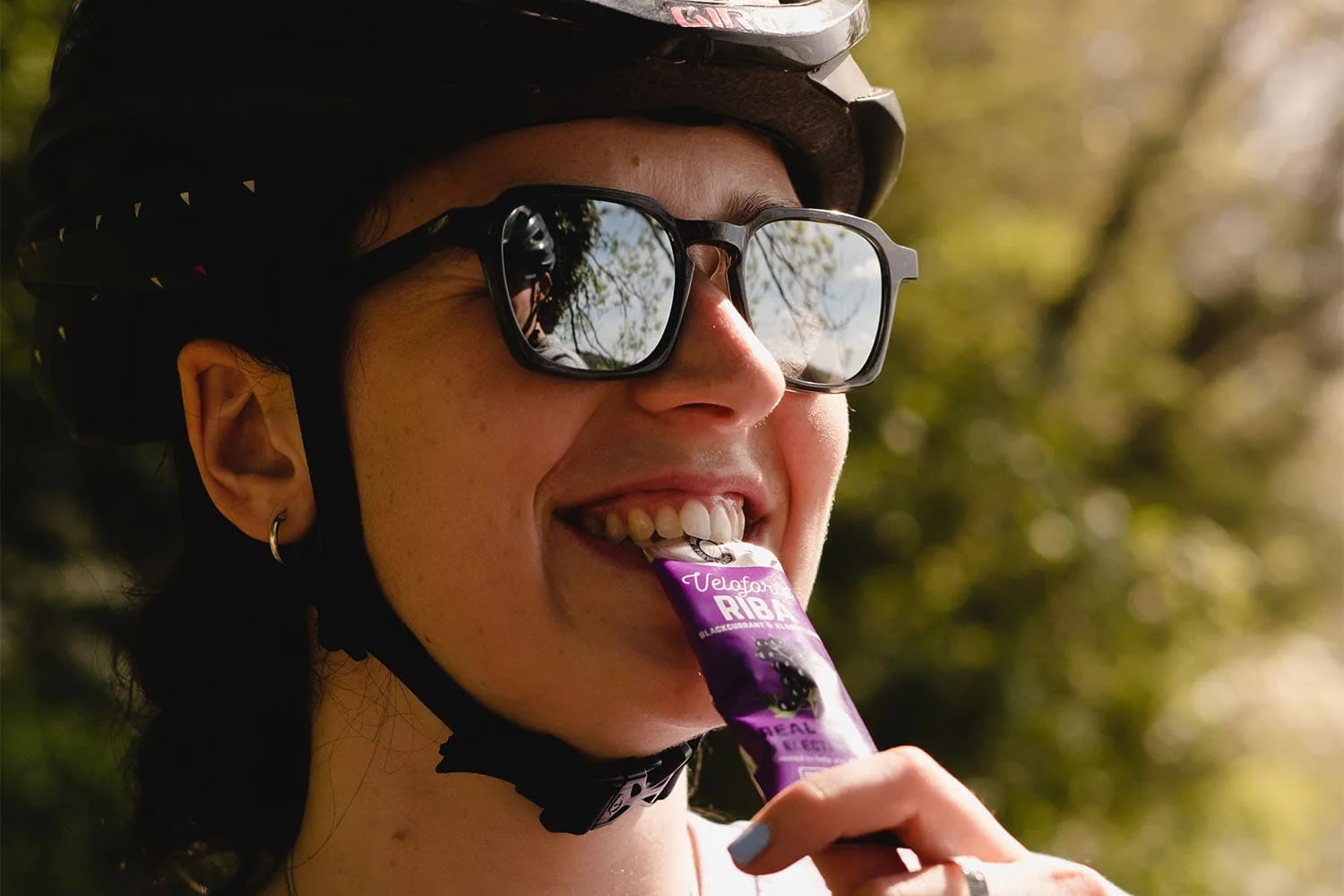

Featured
When To Take Energy Gels During Cycling
Modified: August 19, 2023
Discover when to take energy gels during cycling and optimize your performance. Featured tips and expert advice to fuel your rides effectively.
Introduction
Cycling is not only a popular recreational activity, but also a competitive sport that requires endurance, strength, and proper fueling. As a cyclist, you push your body to the limits, challenging yourself on long rides, tough climbs, and intense sprints. To perform at your best, it’s crucial to fuel your body with the right nutrients, including energy gels.
Energy gels have become a common tool for cyclists to replenish their energy levels and sustain their performance during long rides. These convenient, portable packets are packed with carbohydrates and other essential nutrients that provide an immediate boost of energy. They are easily digestible, quickly absorbed, and can help prevent the dreaded bonk or hitting the wall.
But when is the optimal time to take energy gels during cycling? Should you consume them before, during, or after your ride? In this article, we will explore the importance of energy gels during cycling, factors to consider when determining your gel intake, and the best times to incorporate them into your cycling routine.
Importance of Energy Gels during Cycling
Energy gels play a vital role in fueling your body during cycling, especially during intense or long rides. They are designed to provide a concentrated source of carbohydrates, typically in the form of glucose or maltodextrin, which are quickly absorbed into the bloodstream to provide an immediate burst of energy. Here are some key reasons why energy gels are important for cyclists:
1. Rapid Energy Boost: When you’re cycling, your muscles rely heavily on glycogen as a fuel source. As glycogen stores deplete during prolonged exertion, it can lead to a drop in energy levels and performance. Energy gels effectively replenish your glycogen stores, allowing you to maintain energy levels and continue cycling at an optimal pace.
2. Convenient and Portable: Unlike other sources of energy, such as energy bars or whole foods, energy gels are compact and easy to carry. They come in convenient single-serving packets that can be easily stored in your cycling jersey pocket or saddlebag, allowing you to refuel on-the-go without the need for bulky snacks or meal breaks.
3. Quick Absorption: What sets energy gels apart is their ability to be rapidly absorbed by the body. Unlike solid foods that require digestion, energy gels are in a semi-liquid form that can be easily absorbed into the bloodstream through the lining of the mouth and stomach. This speedy absorption means that you can quickly reap the benefits of the gel and restore your energy levels.
4. Prevents Bonking: Bonking, also known as hitting the wall, is a state of sudden and extreme fatigue caused by glycogen depletion. When you hit the wall, your performance significantly decreases, and you may even struggle to continue cycling. Energy gels help prevent bonking by supplying your body with the necessary carbohydrates to maintain endurance and sustain energy levels throughout your ride.
5. Customizable Energy Intake: Energy gels come in various flavors and formulations, allowing you to choose one that suits your taste preferences and nutritional needs. You can also control your energy intake by consuming energy gels in small increments, gradually providing your body with a steady supply of fuel rather than overloading it with a large dose at once.
In essence, energy gels are a convenient, efficient, and effective tool for cyclists to maintain energy levels, sustain performance, and prevent depletion during long or intense rides. By incorporating energy gels into your cycling routine, you can enhance your overall performance and enjoy a more fulfilling and enjoyable ride.
Factors to Consider
While energy gels can be a valuable source of fuel for cyclists, it’s important to consider several factors when determining your gel intake. Here are some key factors to consider:
1. Ride Duration and Intensity: The duration and intensity of your ride play a significant role in determining how many energy gels you may need. For shorter rides or less intense efforts, one gel may be sufficient. However, for longer rides or more demanding workouts, you may need to consume multiple gels to maintain your energy levels.
2. Personal Preferences and Tolerance: Everyone’s body is different, and what works for one cyclist may not work for another. Experiment with different brands, flavors, and formulations of energy gels to find the ones that suit your taste preferences and are easily digested without causing any gastrointestinal issues.
3. Hydration Needs: Energy gels are concentrated sources of carbohydrates, which require additional water for proper absorption. Ensure you hydrate adequately when consuming energy gels to prevent dehydration and aid in digestion.
4. Training and Racing Strategy: Your training and racing goals can influence how you incorporate energy gels into your regimen. If you’re preparing for a long-distance race, it’s important to practice fueling with energy gels during your training rides to determine the optimal timing and quantity that work best for you.
5. Other Nutritional Sources: Energy gels should be seen as a supplement to your overall nutrition plan, rather than a replacement for real food. Consider incorporating a balanced diet of carbohydrates, protein, and fats throughout the day to provide a comprehensive nutrient profile for optimal performance.
Keep in mind that these factors are a general guideline, and it’s essential to listen to your body and make adjustments accordingly. Experimentation and practice are key to finding the right balance of energy gels that best meets your individual needs and preferences as a cyclist.
Pre-Ride: When to Take Energy Gels
Proper fueling before a ride is essential for sustaining energy levels and optimizing performance. While energy gels are primarily designed for consumption during a ride, they can also play a role in pre-ride nutrition. Here are some guidelines for when to take energy gels before you start cycling:
1. Timing: It’s recommended to consume an energy gel approximately 30 minutes to an hour before your ride. This allows enough time for digestion and absorption, ensuring that the carbohydrates are readily available as a source of fuel once you start pedaling.
2. Carbohydrate Load: If you have a long and intense ride ahead, you may consider a carbohydrate-loading strategy the day before your ride. This involves gradually increasing your carbohydrate intake, including energy gels, to maximize glycogen stores and enhance endurance.
3. Customization: The number of energy gels you consume before a ride depends on the duration and intensity of your cycling session. For shorter rides, one gel before the ride may suffice. However, for longer rides, you may need to consume multiple gels to ensure an adequate supply of energy.
4. Hydration: Don’t forget to hydrate alongside consuming energy gels before your ride. Water helps with the digestion of the gel and prepares your body for the exertion ahead. Aim to drink around 8 ounces of water with your pre-ride gel.
Pre-ride energy gels can provide a quick and easily digestible source of carbohydrates to kickstart your ride with optimal energy levels. However, it’s important to note that individual preferences and needs may vary. Experiment with different timing and quantities to find what works best for you and enhances your cycling performance.
During the Ride: When to Take Energy Gels
When you’re in the midst of a challenging cycling session, energy gels become a crucial source of fuel to sustain your performance and prevent energy depletion. Here are some essential factors to consider regarding when and how often to take energy gels during your ride:
1. Duration and Intensity: The duration and intensity of your ride determine how frequently you’ll need to consume energy gels. For shorter rides or less intense efforts, you may only need to take an energy gel every 45 minutes to an hour. However, for longer and more demanding rides, you may need to consume an energy gel every 30 minutes to maintain optimal energy levels.
2. Listen to Your Body: Pay attention to how your body feels during the ride. If you start to feel fatigued or notice a drop in energy, it may be a good time to take an energy gel. Don’t wait until you hit a wall to refuel—preventative fueling is key in maintaining consistent energy throughout your ride.
3. Hydration: It’s important to consume water or electrolyte drinks alongside energy gels to aid in their digestion and prevent dehydration. Sip on fluids regularly throughout your ride to stay hydrated and ensure optimal absorption of the carbohydrates from the energy gels.
4. Practice in Training: It’s crucial to experiment and practice your fueling strategy during training rides to determine the amount and timing of energy gels that work best for you. Everyone’s body is different, so find the right balance that provides sustained energy without causing any gastrointestinal discomfort.
5. Variety and Flavors: To prevent taste fatigue, consider trying different brands and flavors of energy gels. Having a variety of options can make fueling during long rides more enjoyable and help you avoid getting bored of the same taste.
Remember that energy gels are a concentrated source of carbohydrates meant for quick absorption during exercise. Taking them at regular intervals during your ride can help maintain consistent energy levels and prevent bonking. Find a fueling strategy that works best for your individual needs and ride goals.
Post-Ride: When to Take Energy Gels
While energy gels are typically consumed during a ride to sustain energy levels, they can also play a role in post-ride recovery. Here are some considerations for when to take energy gels after your cycling session:
1. Timing: It’s beneficial to consume an energy gel within 30 minutes to an hour after completing your ride. This window of time, known as the “glycogen recovery window,” is when your body is most efficient at replenishing glycogen stores. Taking an energy gel during this period can help accelerate the recovery process.
2. Carbohydrate Replenishment: Energy gels are an excellent source of quickly digestible carbohydrates, which are essential for replenishing glycogen stores that were depleted during exercise. Consuming an energy gel after your ride can help kickstart the recovery process and aid in muscle glycogen replenishment.
3. Protein Synergy: While energy gels are primarily focused on carbohydrates, some varieties also contain a small amount of protein. This combination of carbohydrates and protein can help initiate muscle repair and recovery after a strenuous ride.
4. Hydration: As always, hydration is crucial for recovery. Be sure to drink plenty of water alongside your post-ride energy gel to rehydrate and facilitate the absorption of nutrients.
5. Nutrient-Dense Meal: Energy gels should be seen as a supplement rather than a substitute for a well-balanced meal. After consuming an energy gel, it’s important to follow it up with a nutrient-dense meal that includes a variety of whole foods. This will provide your body with the necessary nutrients for optimal recovery and overall health.
Keep in mind that post-ride nutrition is not solely reliant on energy gels. It’s essential to have a comprehensive recovery plan that includes proper hydration, protein intake, stretching, and rest. Additionally, consult with a sports nutritionist or dietitian to determine the best post-ride nutrition strategy based on your specific needs and goals.
Conclusion
Energy gels are a valuable tool for cyclists to sustain energy levels, enhance performance, and prevent bonking during rides. Understanding when to take energy gels is crucial for optimizing their benefits. Here’s a recap of the key points discussed:
– Energy gels provide a concentrated source of easily digestible carbohydrates that can be rapidly absorbed by the body, providing an immediate energy boost.
– Factors to consider when determining your gel intake include the duration and intensity of your ride, personal preferences and tolerance, hydration needs, training and racing strategy, and other nutritional sources.
– Pre-ride energy gels can help kickstart your ride with optimal energy levels, typically consumed 30 minutes to an hour before your cycling session.
– During the ride, energy gels should be taken at regular intervals, especially on longer and more intense rides, to maintain steady energy levels and prevent bonking.
– Post-ride energy gels consumed within the glycogen recovery window aid in replenishing glycogen stores and kickstarting the recovery process.
Remember that individual needs and preferences may vary, so it’s essential to experiment and find what works best for you. Listen to your body, practice your fueling strategy during training rides, and consult with a sports nutritionist or dietitian for personalized advice.
Incorporating energy gels strategically into your cycling routine can make a significant difference in enhancing your performance, prolonging endurance, and ensuring an enjoyable and rewarding ride. So, grab your energy gels, hit the road, and conquer your cycling goals with fueled determination!
